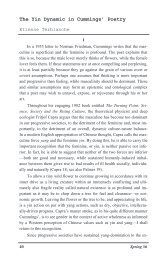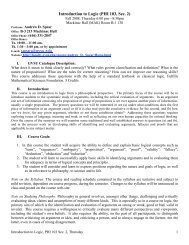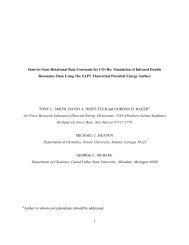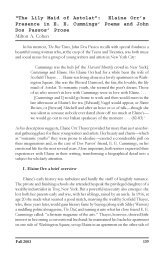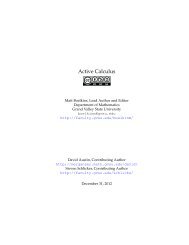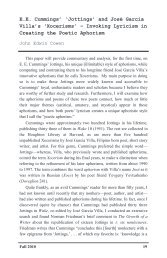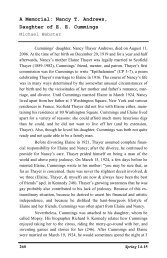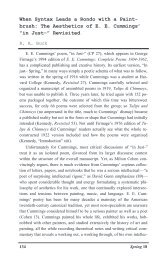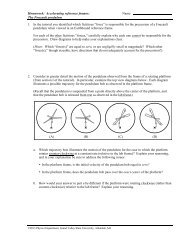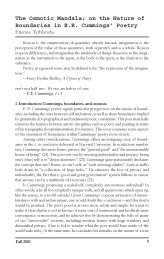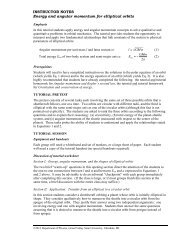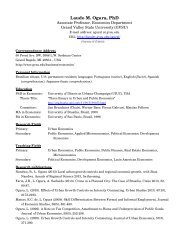Active Calculus - Gvsu - Grand Valley State University
Active Calculus - Gvsu - Grand Valley State University
Active Calculus - Gvsu - Grand Valley State University
- No tags were found...
You also want an ePaper? Increase the reach of your titles
YUMPU automatically turns print PDFs into web optimized ePapers that Google loves.
48 2.4. DERIVATIVES OF OTHER TRIGONOMETRIC FUNCTIONSActivity 2.12.Answer each of the following questions. Where a derivative is requested, be sure to label thederivative function with its name using proper notation.(a) Let f(x) = 5 sec(x) − 2 csc(x). Find the slope of the tangent line to f at the point wherex = π 3 .(b) Let p(z) = z 2 sec(z) − z cot(z). Find the instantaneous rate of change of p at the pointwhere z = π 4 .(c) Let h(t) = tan(t)t 2 + 1 − 2et cos(t). Find h ′ (t).(d) Let g(r) = r sec(r)5 r . Find g ′ (r).(e) When a mass hangs from a spring and is set in motion, the object’s position oscillates ina way that the size of the oscillations decrease. This is usually called a damped oscillation.Suppose that for a particular object, its displacement from equilibrium (where the objectsits at rest) is modeled by the functions(t) =15 sin(t)e t .Assume that s is measured in inches and t in seconds. Sketch a graph of this functionfor t ≥ 0 to see how it represents the situation described. Then compute ds/dt, state theunits on this function, and explain what it tells you about the object’s motion. Finally,compute and interpret s ′ (2).⊳




